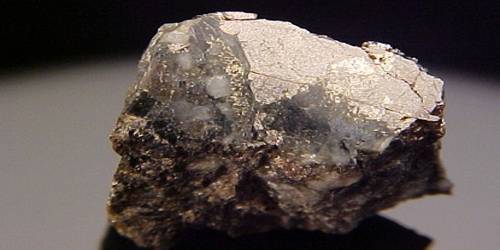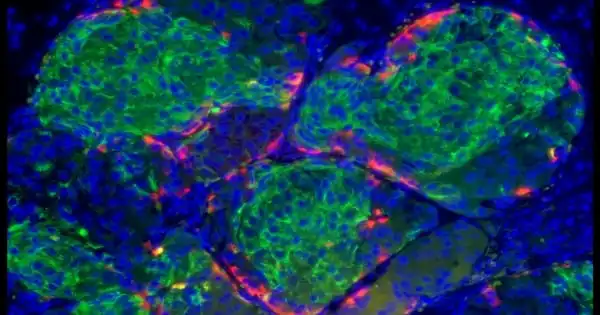Cooperite is a grey mineral consisting of platinum sulfide (PtS), generally in combinations with sulfides of other elements such as palladium and nickel (PdS and NiS). It is a steel-gray mineral PtS of metallic luster consisting of a sulfide of platinum belonging to the tetragonal system and occurring usually in irregular grains. Its general formula is (Pt, Pd, Ni)S. It is a dimorph of braggite.
General Information
- Formula: PtS mostly S-deficient
- Colour: Steel gray
- Hardness: 4 – 5
- Specific Gravity: 9.5
- Crystal System: Tetragonal
- Name: Named in honor of Richard A. Cooper (1890–1972), South Africa, who first described the mineral.

Physical Properties
- Lustre: Metallic
- Transparency: Opaque
- Hardness: 4 – 5 on Mohs scale
- Cleavage: Distinct/Good On {011}
- Fracture: Conchoidal
- Density: 9.5 g/cm3 (Measured) and 10.2 g/cm (Calculated)
Occurrence: A significant platinum ore mineral, found in ultramafics, gabbros, dunites, chromitites, typically layered; in massive chalcopyrite–pyrrhotite orebodies; in alluvial placers.
It was first described in 1928 for occurrences in the Bushveld Igneous Complex and named after South African metallurgist Richard A. Cooper who first characterized it. It is mined as an ore of platinum and platinum group metals such as palladium. It occurs in South Africa in minable quantities and a small old mine near Mount Washington on Vancouver Island.
Association: Braggite, vysotskite, sperrylite, moncheite, platarsite, laurite, malanite, hollingsworthite, platinum, Pt–Fe alloys and many other PGM species, chalcopyrite, bornite, cubanite, pentlandite, pyrrhotite, pyrite, chromite.
Information Source:
















